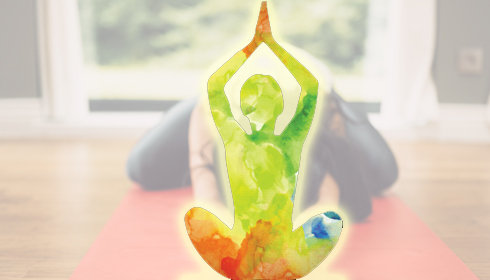
Low-impact yoga and exercise reduce urinary incontinence in older women: Study
In an interesting development reaffirming the benefit of yoga and other traditional health practices, a recent study published in the Annals of Internal Medicine finds that older women suffering from urinary incontinence, a condition in which a person accidentally leaks pee due to a lack of bladder control, can benefit from low-impact exercises like yoga and stretching. Stanford Medicine and the University of California, San Francisco, are researching to develop effective and low-cost methods for controlling urine incontinence, widespread among older women.
The 12-week long study found a significant reduction in incontinence episodes among people who practised low-impact yoga, a mild style of yoga that focuses on slow, controlled movements and positions that are light on the joints and muscles, and those who did stretching activities. Senior author Dr. Leslee Subak, chair of obstetrics and gynaecology at Stanford Medicine, stated, "Our study was testing the kind of yoga that just about anyone can do, with modifications for different physical abilities." Subak emphasised the accessibility of these activities, pointing out that many participants held their sessions online during the COVID-19 pandemic.
Urinary incontinence, which affects more than half of middle-aged women and up to 80% of senior women, can cause social isolation, bone fractures, and a lower quality of life. "It takes away independence," Subak added. Due to the stigma associated with the problem, many women are reluctant to address it, leading to delays in receiving adequate treatment. However, the study emphasises that while incontinence is widespread, it is not unavoidable.
The study included 240 women aged 45 to 90, with a mean age of 62. Participants were placed into two groups: one practiced yoga, which included 16 hatha yoga poses targeted to strengthen the pelvic floor, and the other did general stretching. Both groups documented their symptoms, which included episodes of urgency incontinence due to an overactive bladder and stress incontinence produced by abdominal pressure.
By the end of the program, the yoga group had an average reduction of 2.3 incontinence episodes per day, whereas the stretching group had a reduction of 1.9 episodes per day. Dr. Subak reiterated, "The two treatments are about equally effective, with both approaches reducing episodes of incontinence by around 60%."
Dr Alison Huang, the study's lead author and a UCSF professor of medicine, added that other non-surgical treatments for incontinence, such as medication, usually improve symptoms by 30% to 70%. Yoga and stretching, on the other hand, are risk-free, inexpensive, and good for overall health.
Urinary incontinence also poses major health hazards, such as falls and fractures, especially for older women who hurry to the toilet at night. Dr. Subak stated that staying active can be a preventative step, recommending women take low-impact Iyengar yoga or exercise classes online or in their localities.
The study's findings provide hope for women looking for alternatives to medication and surgery, demonstrating that physical activity can be an effective method of managing urine incontinence.